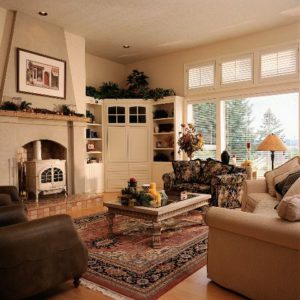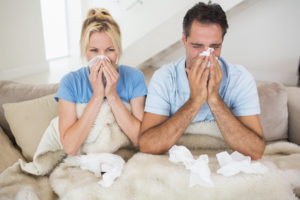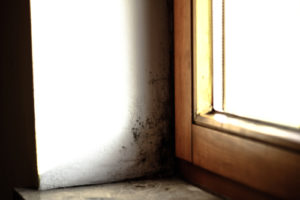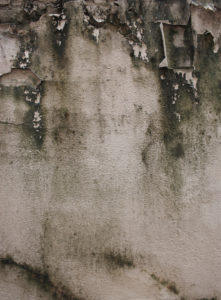Steps To Identifying Mold In Your Home

Steps To Identifying Mold In Your Home
Due to associated health risks and potential structural damage, Manhattan mold removal should be done as soon as an infestation is discovered. The New York City Department of Health and Mental Hygiene (DOHMH) offers guidelines for identifying mold in homes and commercial buildings.
Tips for Identifying Indoor Mold
• Indoor mold grows when excess moisture meets organic materials such as wood, paint, wallpaper and carpeting that serve as a food source.
• While it’s not possible or necessary to completely eliminate the presence of mold spores indoors, visible mold growth should always be removed as soon as possible.
• Visual inspection is the primary focus of indoor mold identification.
• Mold inspection should go beyond open surfaces to include hidden spaces, such as behind drywall and inside ventilation systems. Moisture meters and infrared cameras can facilitate the process.
• Care should be taken to minimize disruption of mold colonies, which could lead to further spread of the infestation. Use of gloves, masks and other personal protective equipment is recommended.
• A thorough inspection includes determining the source of the excess moisture and taking steps to correct the problem.
• In most cases, environmental sampling isn’t required before proceeding with remediation.
• The DOHMH recommends obtaining the assistance of a Manhattan mold removal professional for assessment and creating a plan of action.
Stern Mold: Leaders in Manhattan Mold Removal
Get peace of mind with effective mold remediation by our friendly and experienced technicians. Contact Stern Mold to schedule a free mold inspection.




